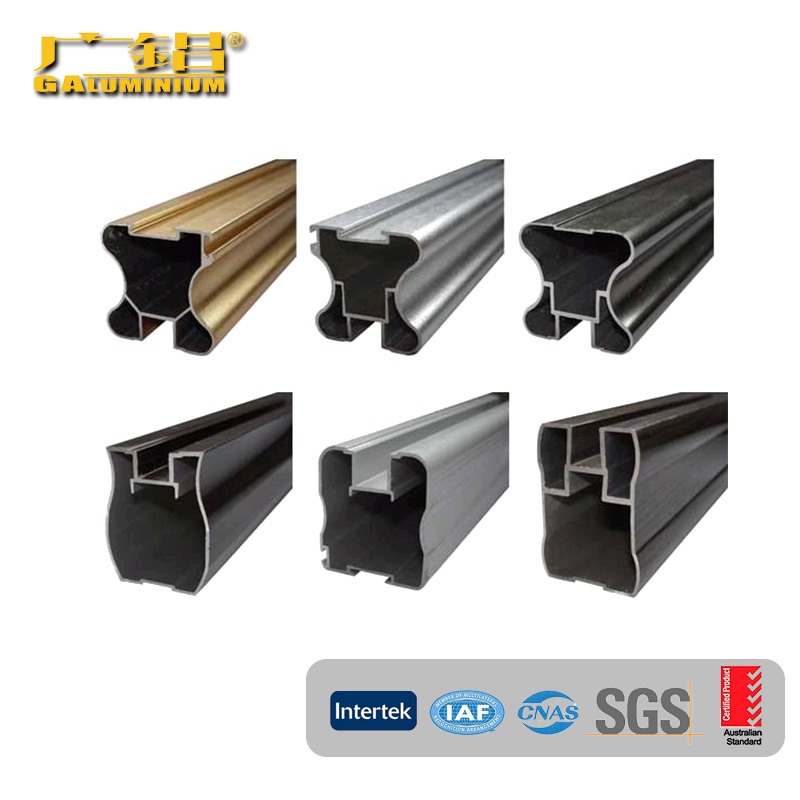An overview of the aluminum extrusion process
2023-12-05
Aluminum extrusion is a process used to create objects with a fixed cross-sectional profile by pushing or pulling aluminum through a die. This process is highly versatile and is used to manufacture a wide range of products, from simple shapes to complex structures. Here's an overview of the aluminum extrusion process:
1. Billet Preparation: The process begins with the preparation of aluminum billets. These are typically cylindrical logs of aluminum alloy that are heated to a specific temperature. The choice of alloy depends on the properties required for the final product.
2. Extrusion Die Design: A custom-shaped die is created based on the desired profile of the finished product. The die is typically made from tool steel and is precision-machined to produce the desired shape.
3. Extrusion Process: The heated aluminum billet is loaded into the extrusion press. Pressure is applied to force the aluminum through the shaped opening of the die. This process can be done using either a hot or cold extrusion method, depending on the specific requirements of the product.
4. Cooling and Quenching: After extrusion, the newly formed aluminum profile is rapidly cooled or quenched to maintain its shape. This is a critical step in the process to ensure the aluminum retains the desired properties.
5. Aging (Optional): Some aluminum alloys undergo an aging process to improve strength and hardness. This involves heating the extruded product to a specific temperature and holding it for a designated time before cooling.
6. Cutting and Finishing: The extruded profiles are cut to the required length. Additional finishing processes, such as machining, drilling, or surface treatments like anodizing or powder coating, may be applied based on the final product specifications.
The aluminum extrusion process offers several advantages:
- Complex Shapes: Extrusion allows for the creation of complex shapes with consistent cross-sectional profiles.
- Cost-Effective: It is a cost-effective method for producing large quantities of parts with minimal waste.
- Lightweight and Strong: Aluminum is naturally lightweight and exhibits strength and durability, making extruded products suitable for various applications.
- Versatility: Extruded aluminum profiles find applications in industries such as construction, automotive, electronics, and more due to their versatility.
Common products created through aluminum extrusion include window and door frames, automotive parts, heat sinks, curtain walls, and structural components. The process is widely used for its efficiency, precision, and ability to produce custom profiles tailored to specific applications.



